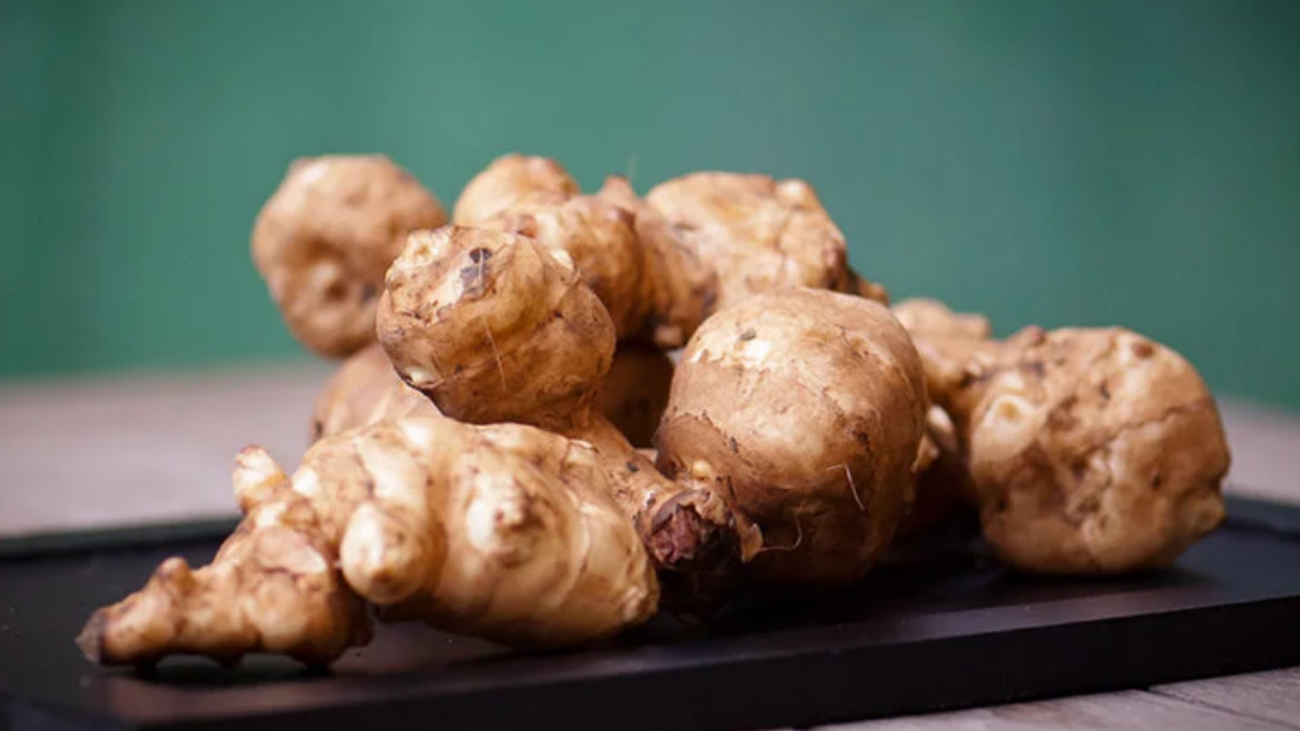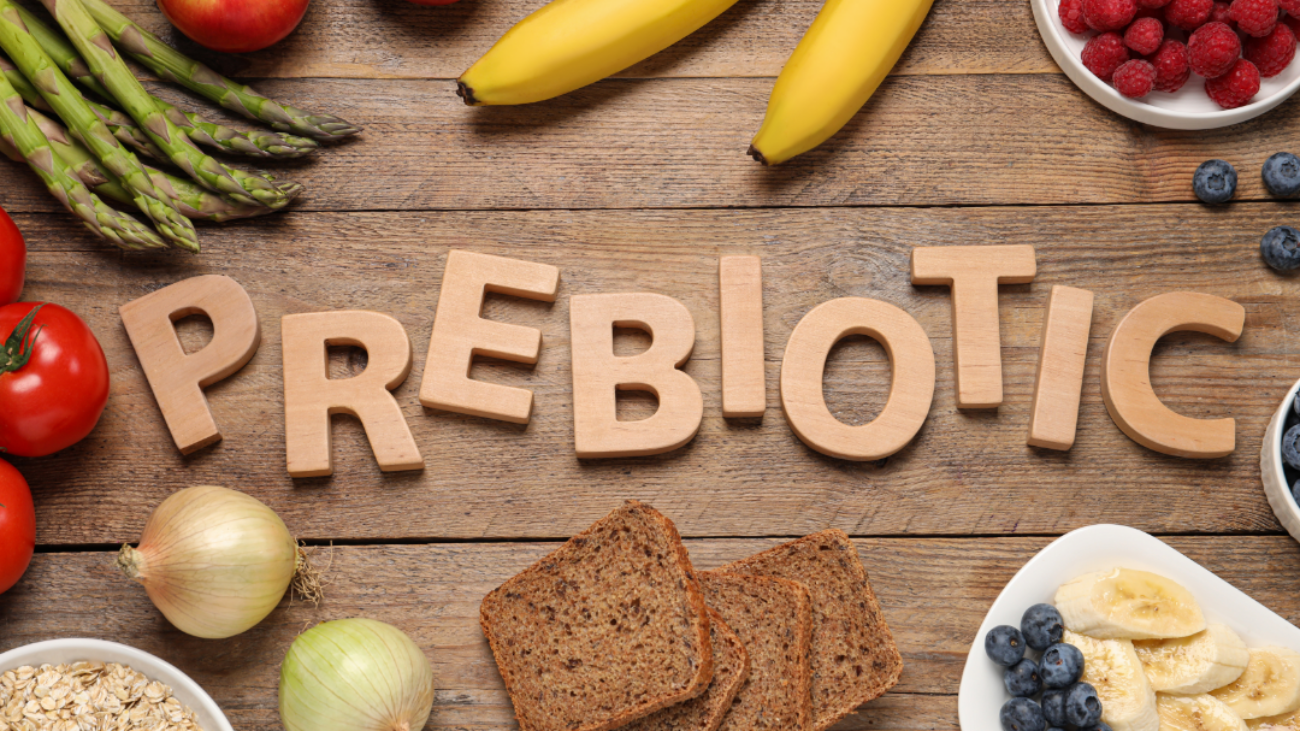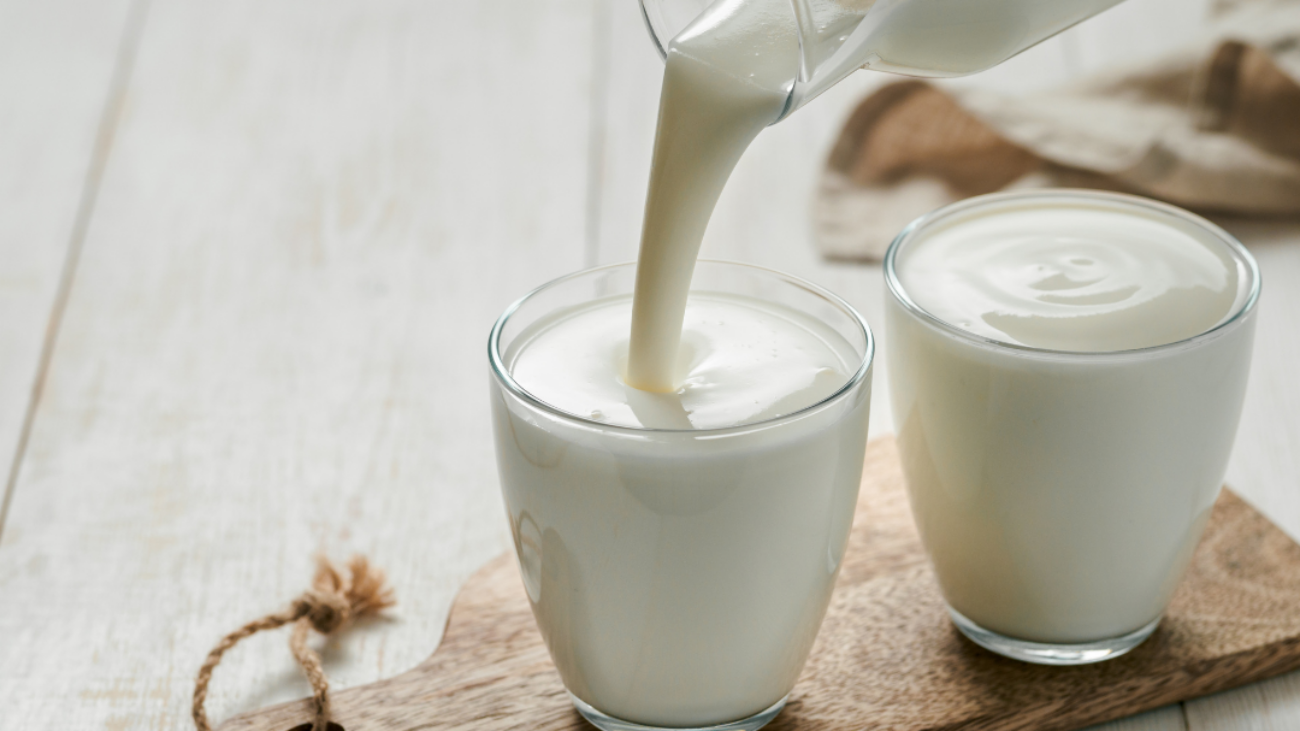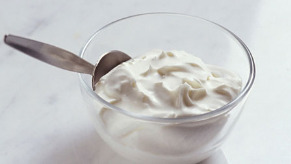There are three main types of CPAP masks available in Australia.
1. CPAP masks with a whole face
CPAP (Continuous Positive Airway Pressure) therapy is a very popular form of treatment for sleep apnea and other breathing-related conditions. The most common CPAP device is the CPAP mask online, which covers the nose, mouth, and part of the face to help provide a strong seal and prevent air leaks. However, some users of the CPAP mask may find it uncomfortable and claustrophobic, and its size can make it difficult to watch TV or read.

There are many different types of CPAP masks available, from the full-face mask to the nasal pillow mask, and CPAP Direct Australia can help you choose the most suitable CPAP mask for you. CPAP therapy is a very effective form of treatment for those suffering from Obstructive Sleep Apnea, and with the right CPAP device and mask, you can be well on your way to a better night’s sleep.
2. CPAP nasal masks
For those who prefer to read in bed, CPAP machines (Continuous Positive Airway Pressure) can make it difficult, especially if they are using a full-face machine, as this can obstruct their line of sight. However, thanks to the more compact design of CPAP nasal masks, which do not cover the entire nose, it is possible to read with ease. CPAP is a popular treatment for Obstructive Sleep Apnea (OSA) and Sleep Apnea, and CPAP Australia, CPAP Direct, and CPAP Device offer a range of CPAP masks, from the most compact Nasal Pillow mask to the larger Nasal mask. CPAP therapy is a safe and effective way to treat OSA and Sleep Apnea, and with the use of a Pressure Machine, air pressure is able to be controlled, making CPAP treatment more comfortable. Visit https://probiotics-help.com/answered-questions-on-cpap-masks/ to read about Answered questions on CPAP Masks.
3. CPAP nasal pillows
If you are looking for CPAP masks online, a nasal pillow mask is a great option. With the advancement of technology, it has become necessary to think outside the box and develop new methods to deliver continuous positive airway pressure (CPAP) directly to the user’s airways. Nasal pillows are the answer. These small objects attach to the two tubes of the CPAP machine, and the open end of the tubes can be placed directly into the nose to help avoid obstruction while sleeping. CPAP treatment is used to treat obstructive sleep apnea (OSA) and other sleep apnea issues. CPAP Direct and CPAP Australia are two great sources to purchase CPAP masks or devices. Most CPAP masks are designed to deliver air pressure from a CPAP machine to the user’s airway.
What Factors Must You Take Into Account Before Buying a CPAP Mask Online?
Now that we are aware of the many kinds of CPAP masks that can be purchased, we should consider the following aspects before making a choice and buying a CPAP machine.
Comfy
When trying to choose a CPAP machine for treating Obstructive Sleep Apnea (OSA), it is important to take into account what makes you comfortable. Ensure that the Continuous Positive Airway Pressure (CPAP) device seals are secure and that you can wear them for long periods of time without any pain.

CPAP therapy is available in Australia and involves using air pressure from the CPAP machine and a CPAP mask. Most CPAP masks come in either a nasal pillow mask or a nasal mask, and CPAP Direct can provide you with all the necessary CPAP supplies you need.
Sleeping practices
How you sleep will also have an impact on the machine you choose. If you often toss and turn while you sleep, the standard machine won’t work.
Size and Sealing of the Mask
Take into account the mask’s size when making a CPAP machine purchase. A suitable machine should be selected depending on the pressure and fit.
Information on Therapy and Equipment
If you are advised to start CPAP (Continuous Positive Airway Pressure) therapy for your obstructive sleep apnea, you will need a CPAP machine that can tolerate the air pressure. Most CPAP masks will have specifications in accordance with the CPAP device and you can decide which mask to use depending on that. CPAP Direct in Australia offers a wide selection of CPAP masks, ranging from the Nasal Pillow Mask to the Nasal Mask.
Follow these five easy steps to get the best-fitting CPAP machine:
Recognize how to sleep
Finding the right CPAP machine for the first time is an important step in CPAP therapy for those with obstructive sleep apnea. Some individuals breathe through their lips when sleeping, some never and some switch between the two. If you are unsure of your sleeping pattern, ask someone who knows you well, such as your bedmate or a family member.

Once you are aware of your sleeping pattern, you can consider the different types of CPAP machines available, as well as other CPAP masks and devices such as nasal pillow masks and nasal masks. CPAP Direct, a leading provider of CPAP Australia, offers a range of CPAP devices and most CPAP masks to help you find the right air pressure machine for your CPAP treatment.
Do you Alternate Your Position While You Sleep?
If you have been diagnosed with sleep apnea, one of the most common treatments is to use a continuous positive airway pressure (CPAP) machine. When choosing the right CPAP machine for you, it is important to be aware of your sleep position and pressure settings. If you frequently change positions during sleep, the seal between the machine and your face may break, causing air to shoot out the side, which can be painful. Additionally, this could mean you need a new machine. Depending on your needs, you may want to consider a bilevel or BIPAP machine, which has two pressure settings, or an APAP machine, which automatically adjusts the pressure to deliver a good night’s sleep. Additionally, you may want to consider a machine with a lower pressure setting to avoid skin irritation. It is best to consult with a sleep doctor to determine the best options for you.
Do you inhale or exhale via your nose or mouth?
If you exclusively breathe through your nose, a nasal or nasal cushion CPAP (Continuous Positive Airway Pressure) machine may be the most comfortable choice for you to treat Obstructive Sleep Apnea (OSA). However, if you like to breathe through your mouth and nose while you sleep, then you should consider looking at full-face or hybrid CPAP machines. Hybrid CPAP machines come with both a mouthpiece attachment and a nasal cushion attachment. Alternatively, you can still use a nasal machine or nasal cushion CPAP mask with a chinstrap to keep your lips together while you breathe. Most CPAP masks are designed to fit the user’s face and provide air pressure as part of the CPAP treatment. At CPAP Direct, we offer a range of CPAP masks in Australia, from a Nasal Pillow Mask to a Nasal Mask, as well as other CPAP devices and machines.
Choose the CPAP machine size that you need.
Finding the right CPAP mask for your CPAP therapy can be confusing for CPAP newbies. Most CPAP masks come in a wide range of sizes, from extra-small to extra-large, so it may be difficult to determine the size you need. Many CPAP machine pages offer a PDF fitting guide so you can check the size you need before making a purchase. However, it is important to remember that the fitting guide is specific to the type of machine, so you should not use one CPAP machine fitting guide to determine the size of a different kind of machine. CPAP.com also offers a link to the fitting guide for most nasal and full-face masks. CPAP therapy is an effective way to treat obstructive sleep apnea and other sleep apnea conditions. CPAP machines provide continuous positive airway pressure, which helps keep the airways open during sleep with air pressure. CPAP Direct, CPAP Australia, and CPAP Device are some of the leading providers of CPAP machines and masks.
Purchase a New CPAP Mask
After measuring your face and following the CPAP Machine fitting guide, it’s time to purchase a CPAP Device. If you can, get a few different CPAP Masks (and make sure you purchase Return Insurance so you can return any used masks for a full refund). Alternatively, it’s best to follow professional advice and only buy CPAP Masks with free return insurance. Remember, if you don’t have Return Insurance from CPAP.com, you won’t be able to return a used CPAP Machine. When your new CPAP Masks arrive, try each one on and then adjust the tightness until you feel comfortable. CPAP Therapy is a form of Continuous Positive Airway Pressure treatment for Obstructive Sleep Apnea, and CPAP Australia offers many types of CPAP Masks, including a Nasal Pillow Mask, Nasal Mask, and most CPAP Masks from CPAP Direct.















 Dr Ohhira has shown that this strain of bacteria inhibits the MRSA (Methicillin-resistant Staphylococcus aureus) superbug, Escherichia coli 0157 (E. Coli 0157) as well as Helicobacter pylori (H. pylori), which causes peptic ulcers. He has also demonstrated that Enterococcus faecalis TH10 is 6.25 times stronger than other naturally occurring lactic acid bacteria.
Dr Ohhira has shown that this strain of bacteria inhibits the MRSA (Methicillin-resistant Staphylococcus aureus) superbug, Escherichia coli 0157 (E. Coli 0157) as well as Helicobacter pylori (H. pylori), which causes peptic ulcers. He has also demonstrated that Enterococcus faecalis TH10 is 6.25 times stronger than other naturally occurring lactic acid bacteria.



